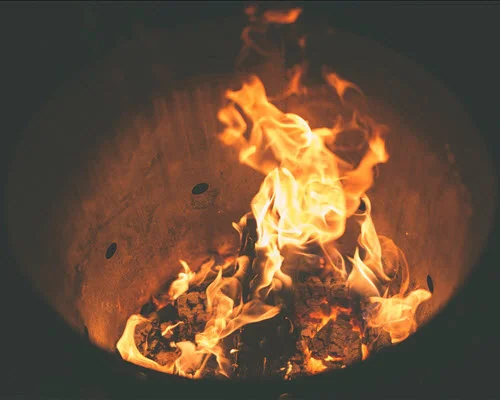Home warranties cover many of your home’s crucial systems and appliances, but they must be in working order before the contract is entered into with the warranty company.
A home warranty inspection is an important inspection service on any homeowner’s home inspection checklist.
Home warranties are not the same as homeowners insurance, which is required by mortgage companies.
It covers things like your home’s structure or items in the event of a fire, a home warranty is optional and usually come as a part of your purchase contract when buying a new home.
You’ll want to get an inspection before your warranty runs out to avoid paying out of pocket for any repairs or replacements of major appliances (think A/C unit).
Some examples of typical items covered under home warranties include:
- Water heater
- Electrical systems
- Refrigerators
Every home warranty is different, but all are designed to help you manage the costs of unexpected home repairs. Often the homeowner will only pay the service fee for the contractors.
If you have an issue with an appliance covered by your warranty all you have to do is get in touch with your warranty company, and they’ll send a technician to repair or replace.
So, what are the benefits of a home warranty?
Minimal Stress
Possibly the biggest pro of a home warranty is that it gives you the ability to relax. The typical leaky toilet or broken A/C won’t snowball into a major financial crisis, and you can get the problem solved ASAP.
Less Work for You
When you need a repair you don’t have to spend time searching online or calling friends for recommendations, you just have to contact your warranty company, and they’ll send the service person to you. If you’re not handy or don’t have time to track down a contractor yourself, a home warranty is a great asset.
Yours May be Free
If you’re buying a new home, your warranty may be covered for the first year. This is an increasingly common practice among sellers as it encourages buyers.
Help You Sell
If you’re on the other end of this situation and looking to sell your home, offering a year of home warranty can go a long way with buyers. This can act as a reassurance that your home is in good working condition and won’t be a nuisance for the potential buyers.
Of course, all of these benefits are only possible if your warranty is still valid. Often homeowners who receive a home warranty from a new home purchase are not alerted of the expiration of their warranty. Take advantage of your warranty today!
We Can Help!
Getting a warranty inspection BEFORE the warranty expires can uncover any deficiencies that you can take to your home warranty company and show them exactly what needs to be fixed. If you’re buying a new home, let us at EIG be the ones to give you the peace of mind that everything is in working order.
Schedule an inspection today, and we’ll see you within 48 hours!




